Paul was not the only Apostle of the early church associated with Rome. Peter was martyred on the Vatican Hill and the memory of the impact of the Apostle John’s lasting ministry before and after his apparent arrest and exile to Patmos by Emperor Domitian also has its place. This morning we board our bus and continue our Roman visit at Basilica of St John in Lateran which became among the most important Christians Churches of Rome.
We continue with a relaxing walking tour throughout the most beautiful squares of Rome, from the Trevi Fountain, to the Pantheon and Navona Square, where we will enjoy a break for lunch. In the afternoon we will visit the imposing Vatican Museums and Sistine Chapel.
Basilica of St. John in Lateran
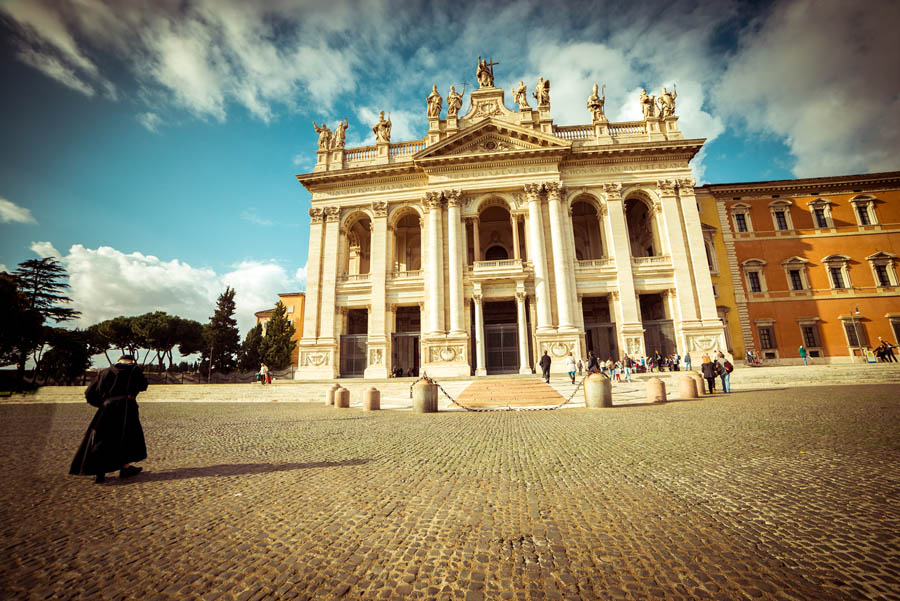
When Constantine opened the Roman world to Christianity, his apparent conversion was symbolized by the donation of a significant family property for the Basilica. The important Lateran Baptistery reminds us of the many early converts to the faith and the process of moving it from a rouge influence to a sponsored and ordered faith.
The cathedral, rises from the same place where the basilica of Costantino was erected round 314. The ancient basilica had four aisles for nearly one thousand years was the most important church of Christianity, the centre of Pope’s power and residence of the Pontiff.
Holy Stairs
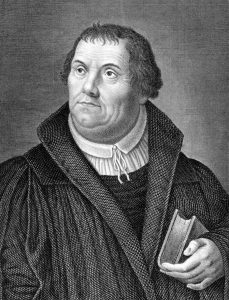
In 1510, Luther was sent to Rome, where he witnessed the corruption of the Roman church. He climbed the Scala Sancta (“The Holy Stairs”), supposedly the same stairs Jesus ascended when He appeared before Pilate. According to fables, the steps had been moved from Jerusalem to Rome, and the priests claimed that God forgave sins for those who climbed the stairs on their knees. Luther did so, repeating the Lord’s Prayer, kissing each step, and seeking peace with God. But when he reached the top step, he looked back and thought, “Who knows whether this is true?.” He felt no closer to God. (by Steve Lawson)
Trevi Fountain
The Trevi Fountain is a fountain in the Trevi district, designed by Italian architect Nicola Salvi and completed by Giuseppe Pannini. Standing 86 ft high and 161.3 ft, it is the largest Baroque fountain in the city and one of the most famous fountains in the world. The fountain has appeared in several notable films.
Navona Square and the Pantheon
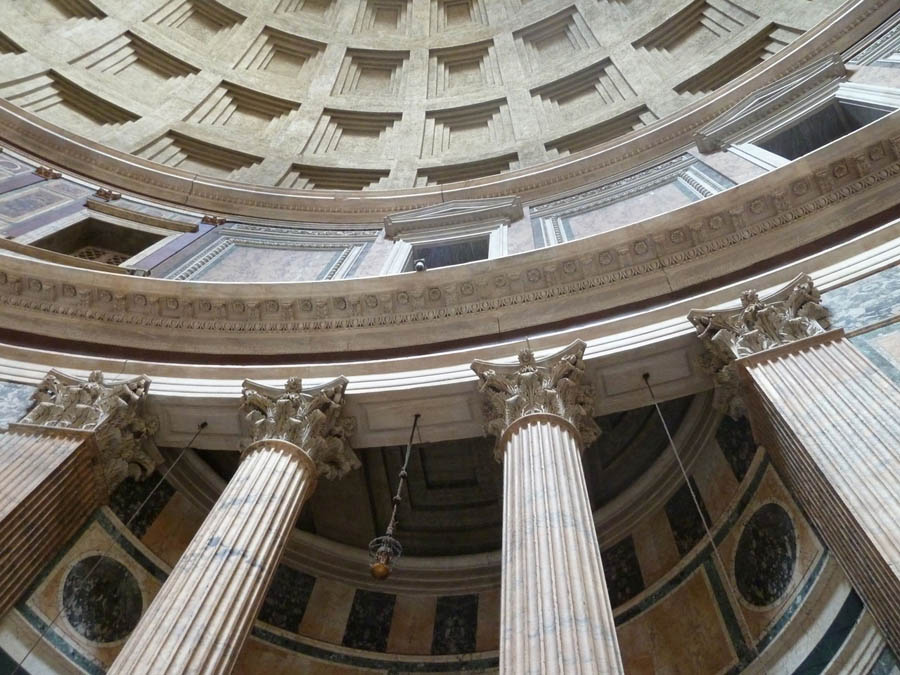
Piazza Navona is built on the site of the Stadium of Domitian, built in the 1st century AD, and follows the form of the open space of the stadium. The ancient Romans went there to watch the agones (“games”), and hence it was known as “Circus Agonalis” (“competition arena”).
The Pantheon “temple of all the gods” is a former Roman temple, now a church, on the site of an earlier temple commissioned by Marcus Agrippa during the reign of Augustus (27 BC – 14 AD). It was completed by the emperor Hadrian and probably dedicated about 126 AD.
The building is circular with a portico of large granite Corinthian columns (eight in the first rank and two groups of four behind) under a pediment. A rectangular vestibule links the porch to the rotunda, which is under a coffered concrete dome, with a central opening (oculus) to the sky. Almost two thousand years after it was built, the Pantheon’s dome is still the world’s largest unreinforced concrete dome. The height to the oculus and the diameter of the interior circle are the same, 142 ft.
It is one of the best-preserved of all Ancient Roman buildings, in large part because it has been in continuous use throughout its history, and since the 7th century, the Pantheon has been used as a church dedicated to “St. Mary and the Martyrs.”
Vatican City
Vatican City is an independent city-state enclaved within Rome, Italy. Established with the Lateran Treaty (1929), it is distinct from yet under “full ownership of the Holy See .” With an area of 110 acres, and a population of about 1,000, it is the smallest state in the world by both area and population.
The Vatican City is an ecclesiastical or sacerdotal-monarchical state (a type of theocracy) ruled by the pope who is, religiously speaking, the bishop of Rome and head of the Catholic Church. Since the return of the popes from Avignon in 1377, they have generally resided at the Apostolic Palace within what is now Vatican City, although at times residing instead in the Quirinal Palace in Rome or elsewhere.
Within the Vatican City are religious and cultural sites such as St. Peter’s Basilica, the Sistine Chapel and the Vatican Museums. They feature some of the world’s most famous paintings and sculptures.
Vatican Museums
The Vatican Museums are Christian and art museums located within the city boundaries of the Vatican City. They display works from the immense collection amassed by popes throughout the centuries including several of the most renowned Roman sculptures and most important masterpieces of Renaissance art in the world. The museums contain roughly 70,000 works, of which 20,000 are on display, and currently employ 640 people who work in 40 different administrative, scholarly, and restoration departments.
Pope Julius II founded the museums in the early 16th century. It is one of the largest museums in the world.
Sistine Chapel
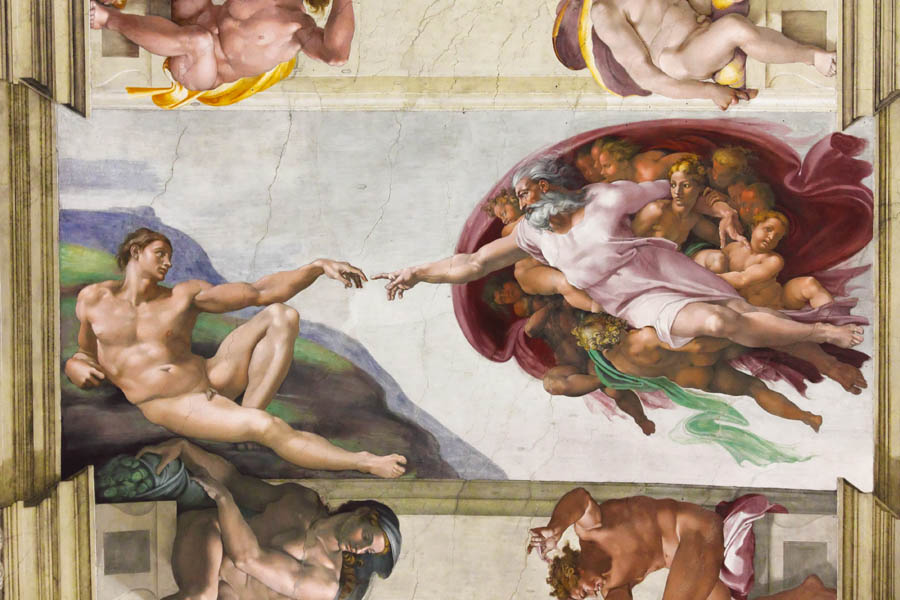
The Sistine Chapel is a chapel in the Apostolic Palace, the official residence of the Pope, in Vatican City. Originally known as the Cappella Magna, the chapel takes its name from Pope Sixtus IV, who restored it between 1477 and 1480. Since that time, the chapel has served as a place of both religious and functionary papal activity. Today it is the site of the Papal conclave, the process by which a new pope is selected. The fame of the Sistine Chapel lies mainly in the frescos that decorate the interior, and most particularly the Sistine Chapel ceiling and The Last Judgment by Michelangelo.
During the reign of Sixtus IV, a team of Renaissance painters that included Sandro Botticelli, Pietro Perugino, Pinturicchio, Domenico Ghirlandaio and Cosimo Rosselli, created a series of frescos depicting the Life of Moses and the Life of Christ, offset by papal portraits above and trompe l’oeil drapery below. These paintings were completed in 1482.
Between 1508 and 1512, under the patronage of Pope Julius II, Michelangelo painted the chapel’s ceiling, a project which changed the course of Western art and is regarded as one of the major artistic accomplishments of human civilization. In a different climate after the Sack of Rome, he returned and between 1535 and 1541, painted The Last Judgment for Popes Clement VII and Paul III. The fame of Michelangelo’s paintings has drawn multitudes of visitors to the chapel ever since they were revealed five hundred years ago.
Biblical References
- Romans 1:17; 3:20; 6:23 – Salvation as a free gift God through faith, not by works
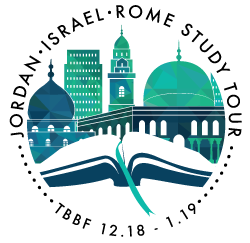

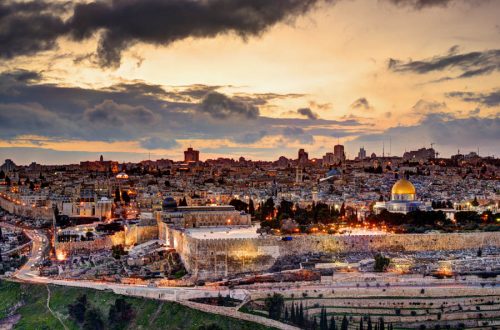
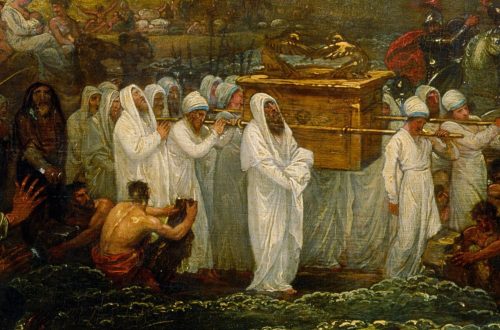
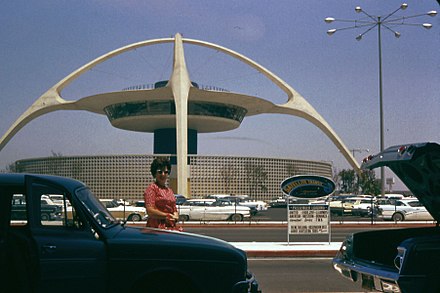
2 Comments
Katherine.Aeschleman
thank you Randy, for all the interesting posts including great pictures, you have put on this blog! I know you have invested a good bit of time to compile and post all of this!
Randy Leinen
Thanks, Katie. It’s been fun to read and do research about all the places we are going to see!